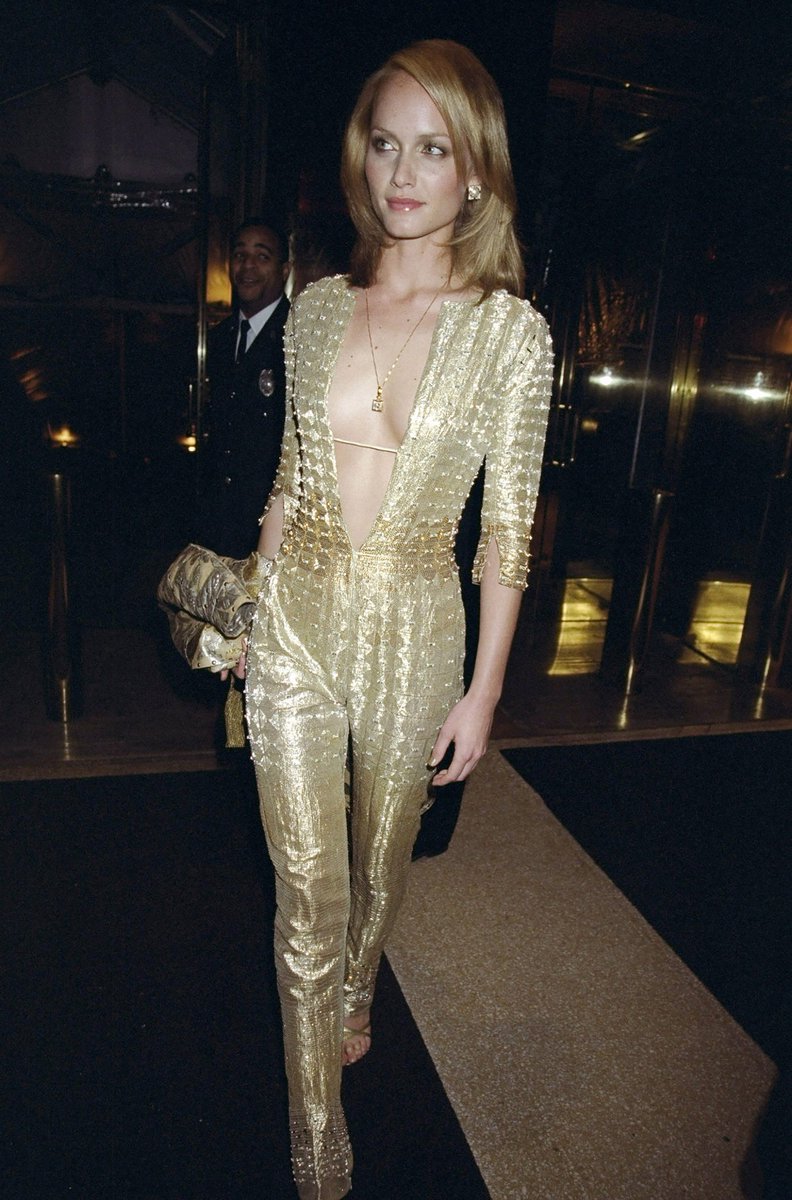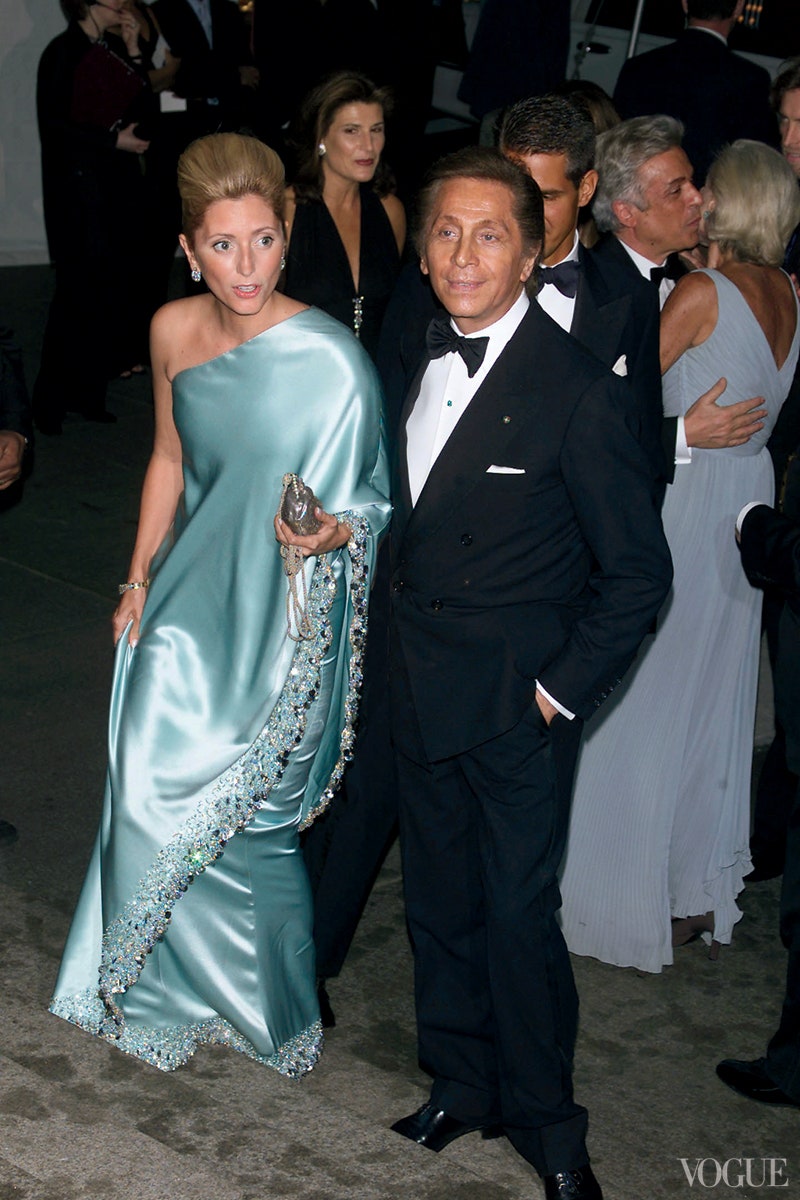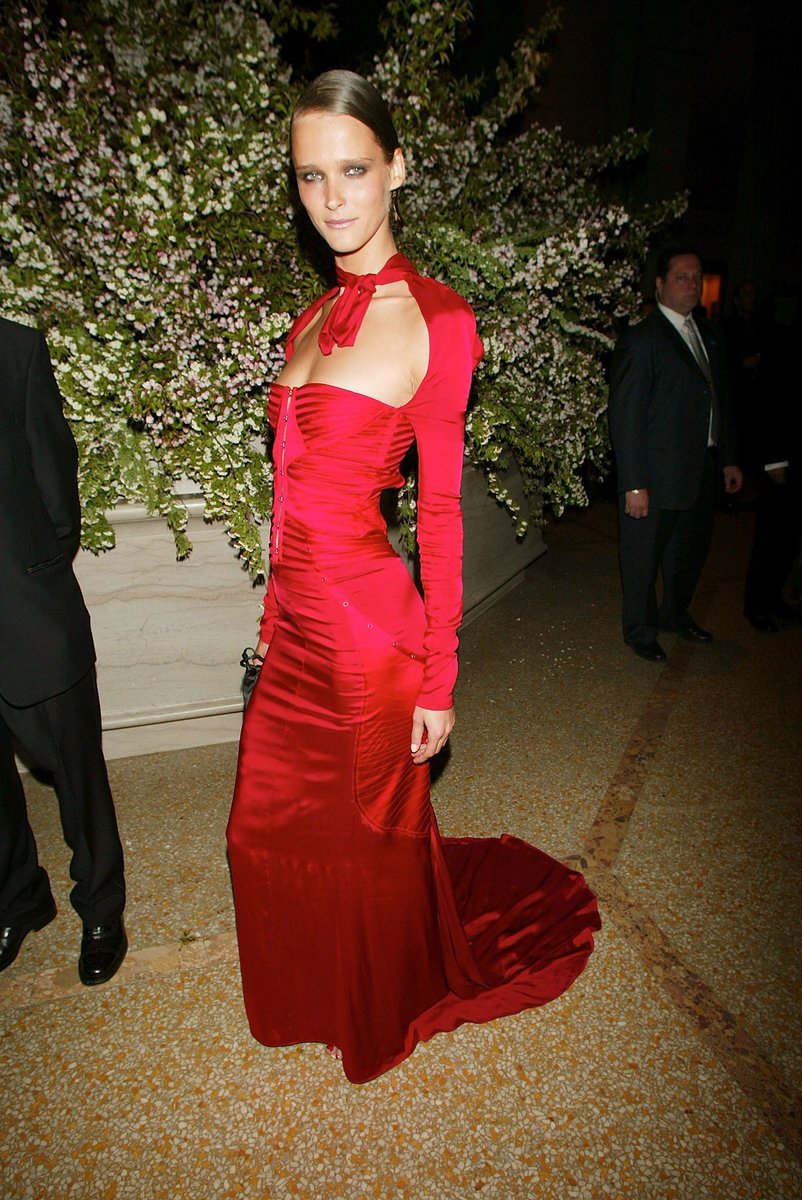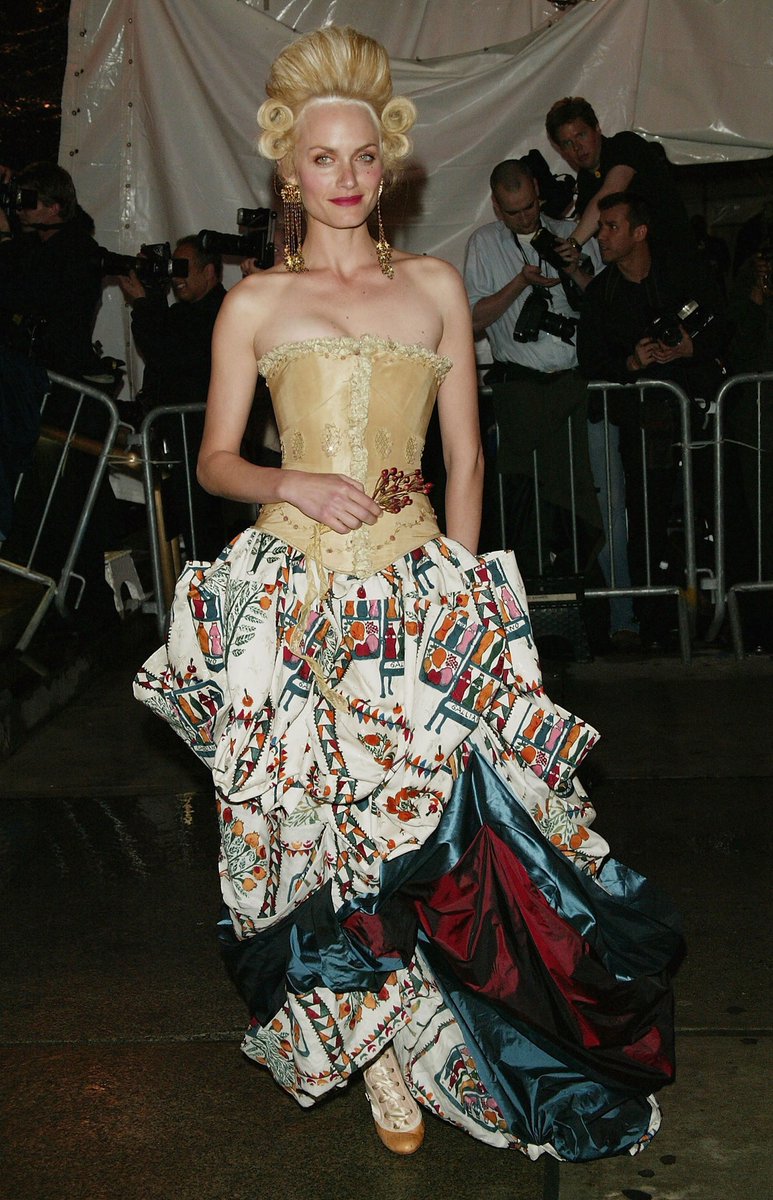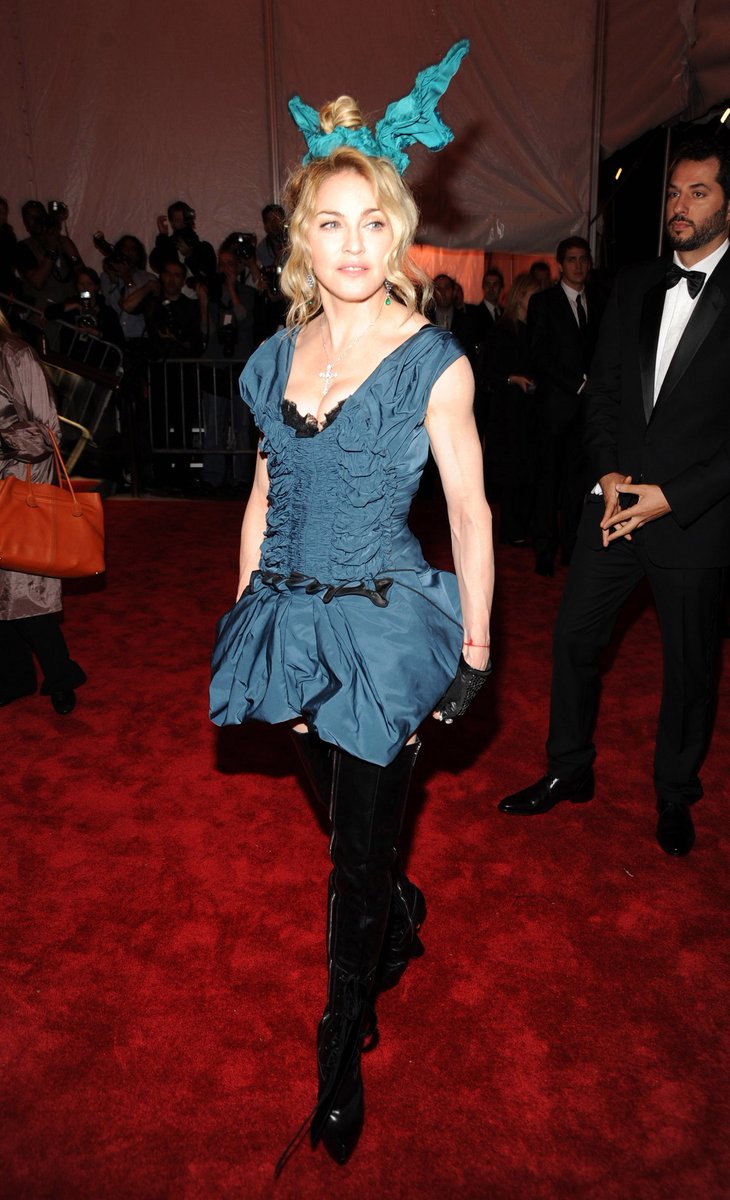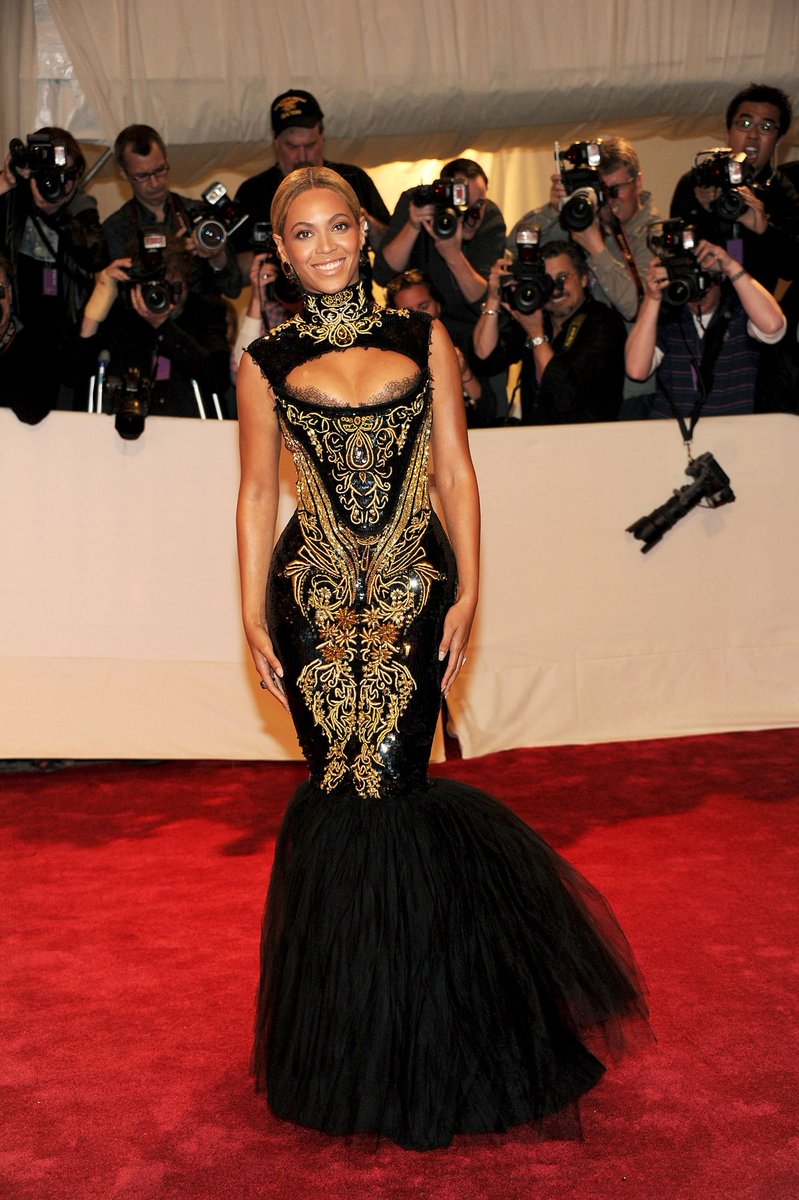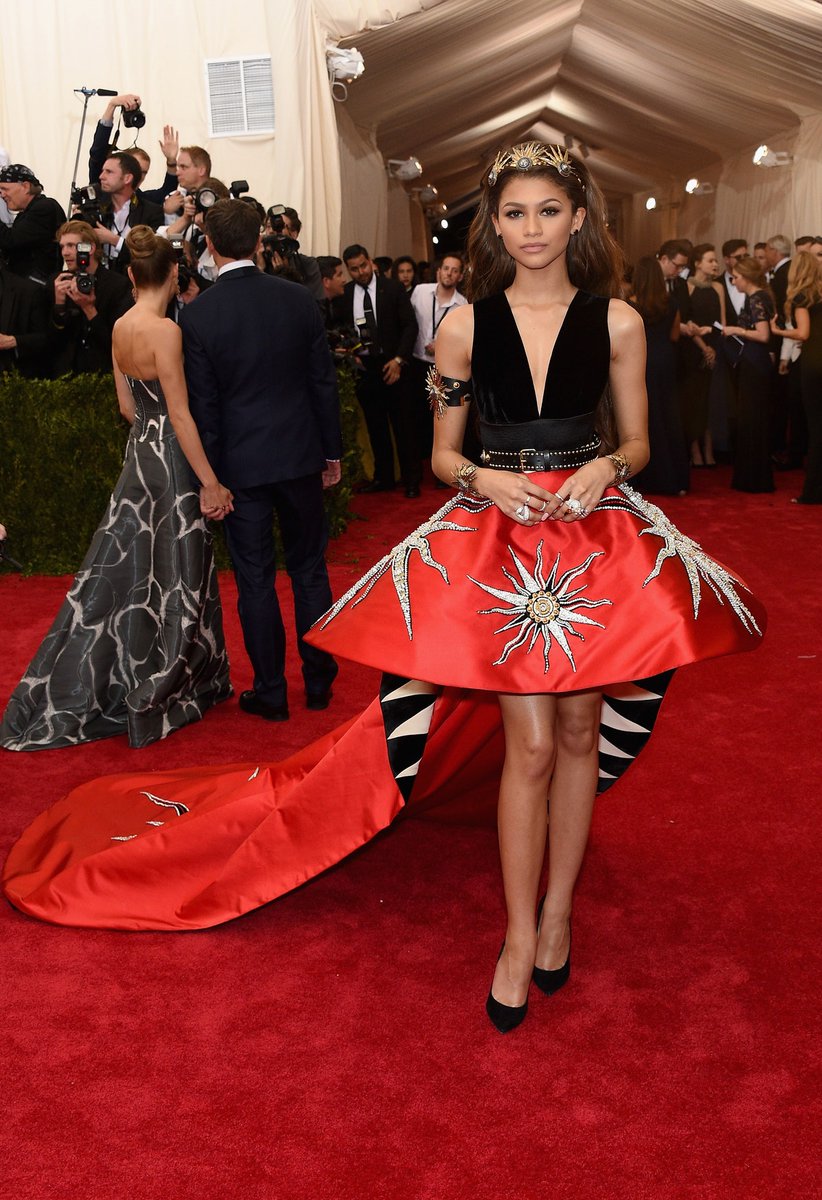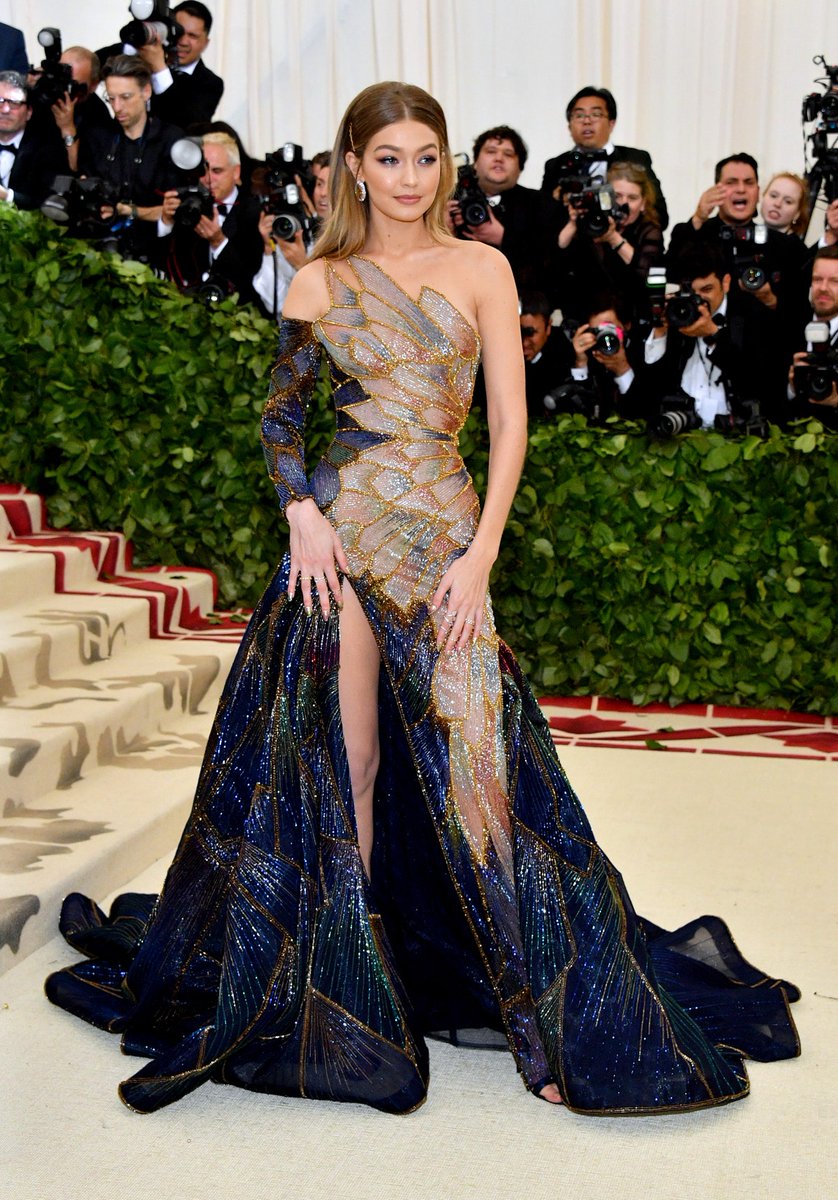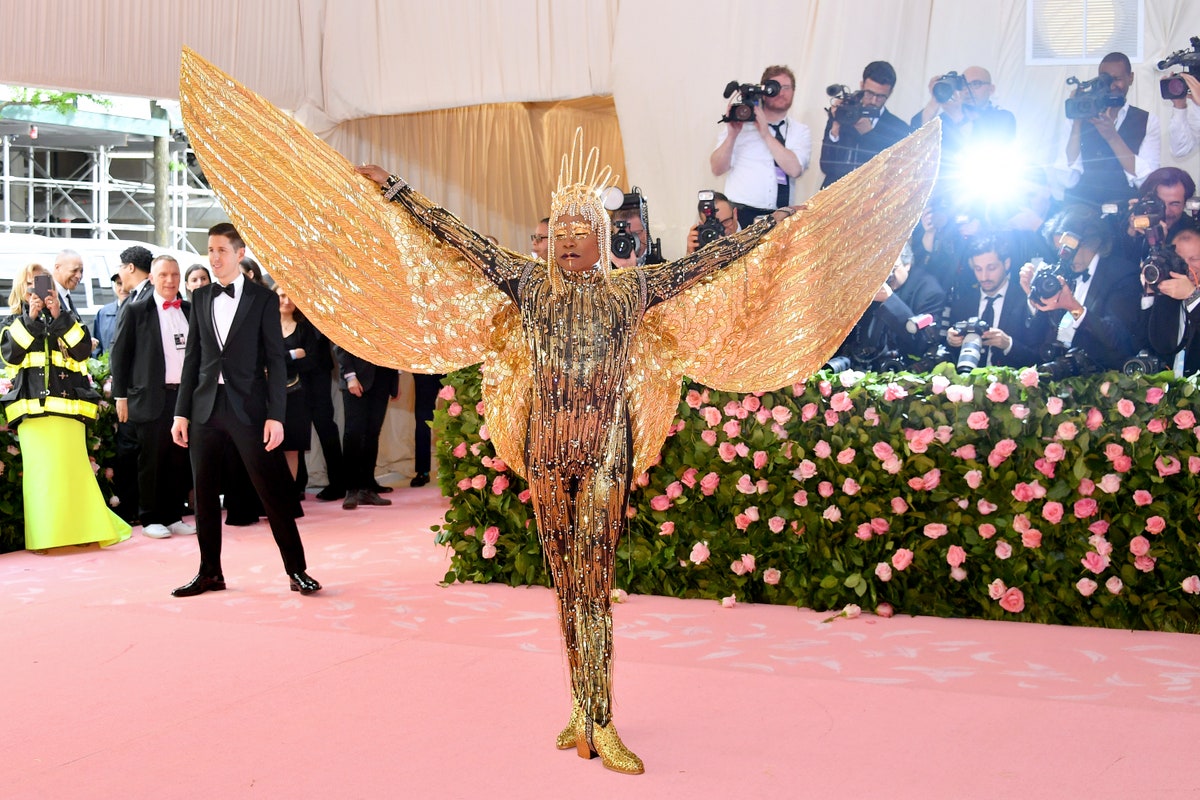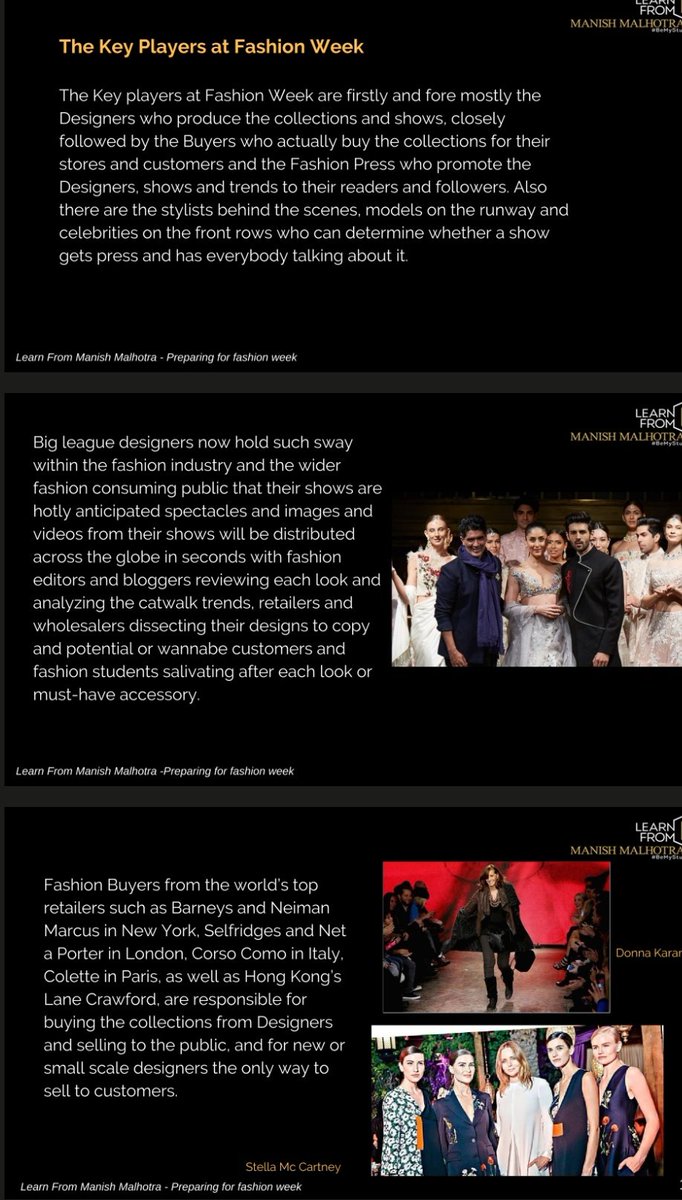The Met Gala, formally called the Costume Institute Gala or the Costume Institute Benefit and also known as the Met Ball, is an annual fundraising gala for the benefit of the Metropolitan Museum of Art's Costume Institute in New York City.
Eleanor Lambert started the benefit for the Met's Costume Institute first took place in 1948. The first event was a midnight supper, which was called The Party of the Year, where invited guests could buy a ticket for $50 each. Since then, some major names have served on the board
of the party, acting as co-chairs who plan the event and make sure the hottest names in Hollywood are in attendance. Some of the previous co-chairs include Jacqueline Kennedy Onassis and Diana Vreeland, who helped it steadily grew into a far bigger event. 

The spring exhibition determines the theme of the event, as these two things are synched up. In the early years, the themes were not so particular, and the modern theme is something brought about since Vreeland's time in charge.
When Diana Vreeland became consultant to the Costume Institute in 1972, the Gala began to evolve into a more glamorous affair, although one that was still aimed at the societal set. The event started to become more celebrity-oriented with attendees like Elizabeth Taylor, 

Andy Warhol, Bianca Jagger, Diana Ross, Elton John, Liza Minnelli and Cher intermixing with the city's elite. It was during the Vreeland years that the Gala was first held at the Met and that Gala themes were introduced.
The first themed event came in 1973 with the World of Balenciaga, which was an exhibition taking place in the gallery. This then became tradition: that the exhibition would inform the theme of the event, and there have been some pretty outlandish themes since.
In 1995, Wintour took over on hosting duties for the fundraiser, and helmed parties with themes including Superheroes: Fashion and Fantasy (2008), Alexander McQueen: Savage Beauty (2011) and Punk: Chaos to Couture (2013).
THEMES THROUGHOUT THE YEARS
March 1973: The world of Balenciaga
December 1973: The 10s, the 20s, the 30s: Inventive Clothes: 1909-1939
November 1974: Romantic and Glamorous Hollywood Design
December 1975: American Women of Style
December 1976: The Glory of Russian Costume
December 1973: The 10s, the 20s, the 30s: Inventive Clothes: 1909-1939
November 1974: Romantic and Glamorous Hollywood Design
December 1975: American Women of Style
December 1976: The Glory of Russian Costume

December 1977: Vanity Fair: A Treasure Trove
November 1978: Diaghilev: Costumes and Designs of the Ballets Russes
December 1979: Fashions of the Habsburg Era: Austria-Hungary
December 1980: The Manchu Dragon: Costumes of China, the Chi'ng Dynasty
November 1978: Diaghilev: Costumes and Designs of the Ballets Russes
December 1979: Fashions of the Habsburg Era: Austria-Hungary
December 1980: The Manchu Dragon: Costumes of China, the Chi'ng Dynasty

December 1981: The Eighteenth-Century Woman
December 1982: La Belle Époque
December 1983: Yves Saint Laurent: 25 Years of Design
December 1984: Man and the Horse
December 1985: Costumes of Royal India
December 1986: Dance
December 1987: A Tribute to Diana Vreeland

December 1982: La Belle Époque
December 1983: Yves Saint Laurent: 25 Years of Design
December 1984: Man and the Horse
December 1985: Costumes of Royal India
December 1986: Dance
December 1987: A Tribute to Diana Vreeland


December 1988: From Queen to Empress: Victorian Dress 1837–1877
December 1989: The Age of Napoleon: Costume from Revolution to Empire, 1789–1815
December 1990: Théâtre de la Mode – Fashion Dolls: The Survival of Haute Couture
December 1991: No theme
December 1989: The Age of Napoleon: Costume from Revolution to Empire, 1789–1815
December 1990: Théâtre de la Mode – Fashion Dolls: The Survival of Haute Couture
December 1991: No theme

December 1992: Fashion and History: A Dialogue
December 1993: Diana Vreeland: Immoderate Style
December 1994: Orientalism: Visions of the East in Western dress
December 1993: Diana Vreeland: Immoderate Style
December 1994: Orientalism: Visions of the East in Western dress

December 1998: Cubism and Fashion
May 2020: About Time: Fashion and Duration (cancelled)
September 2021: In America: A Lexicon of Fashion
May 2022: In America: An Anthology of Fashion
September 2021: In America: A Lexicon of Fashion
May 2022: In America: An Anthology of Fashion
Lemme know if you want any other threads or if you have some questions :)
curiouscat.qa/archived__mag
curiouscat.qa/archived__mag
• • •
Missing some Tweet in this thread? You can try to
force a refresh









